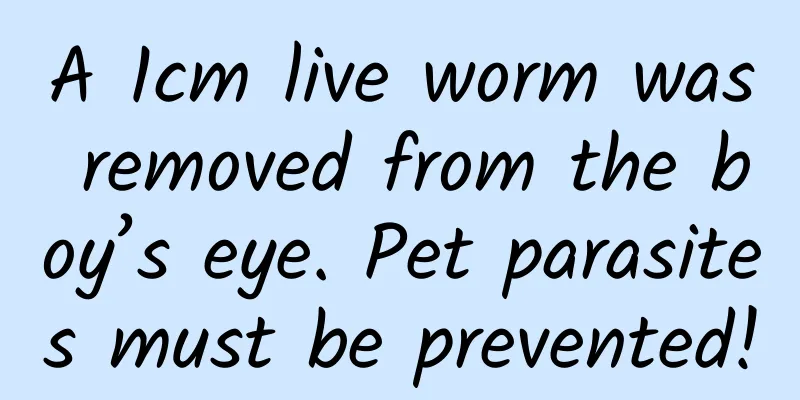Sequelae of hysterectomy

|
In fact, the incidence of gynecological diseases among female friends is getting higher and higher. If you don't pay attention, the disease will flare up. Therefore, more serious patients can only be treated through total hysterectomy and cervical resection. This can avoid the onset of some symptoms. However, you must keep clean and hygienic after the operation to avoid causing unnecessary sequelae. 1. Perform routine disinfection and expose the cervix. First, dilate the cervical opening to cover the cervical wound and prevent cervical stenosis. Grasp the cervix with rat-tooth forceps and pull it downward. A metal catheter is inserted into the bladder to indicate the limits of the bladder. Make a transverse incision about 1 to 1.5 cm above the external os of the cervix. The incision is extended to both sides and back, and the incision is circular, cutting through the mucosal layer. 2. Use rat-tooth forceps to clamp the mucosal edge of the incision, and use the knife handle or fingers to wrap the gauze to separate it, so that the mucosal piece is free about 1.5 to 2.0 cm wide to cover the cervical wound. 3. Pull the cervix to one side to expose the base of the opposite cervical main ligament, which contains branches of the uterine blood vessels. Clamp and cut them off, and suture them with No. 7 silk thread. Treat the base of the contralateral main ligament in the same way. A circular excision of the separated cervix can also be performed in a wedge shape. The wound surface can be compressed to stop bleeding and prepare for suturing. 4. For cervicoplasty, use a triangular needle with 2-0 chromic intestinal suture to suture the midpoint edge of the lower lip mucosa of the cervix. After tying a knot, make sure the remaining threads on both sides are of equal length. Use one end of the thread to pass through the triangular needle from the cervical canal to the left rear of the cervix, and the other end of the thread to pass through the cervical canal to the right rear of the cervix. The two needles should be 0.5 to 1.0 cm apart. Tighten the two ends of the sutures so that the cervical mucosa covers the new lower edge of the cervical opening evenly. Suture the upper lip of the cervix in the same way. Finally, the upper and lower lip mucosa on both sides are sutured intermittently with 1-0 intestinal sutures. The sutures should pass through the cervical tissue to stop bleeding and eliminate dead space. 1. Secondary bleeding is the same as cervical cone resection. 2. Endocervical stenosis and hematocervical effusion are rare. If endocervical stenosis is found during follow-up examination after menstruation, it should be dilated. 1. Pay attention to stop bleeding in time to prevent submucosal bleeding and affect wound healing. 2. When suturing, pay attention to the position and direction of the needle to prevent the cervix from being sutured closed. 3. After the operation, use a No. 4 cervical dilator to check whether the cervix is occluded. Use iodoform gauze to plug the cervical opening and remove it after 24 hours. |
<<: The aftereffects of circumcision
>>: Is fallopian tube inflammation difficult to treat?
Recommend
Female artificial insemination methods
If female friends are unable to conceive for a lo...
How many days of pregnancy do you feel
Many people know that women will experience many ...
How to eat figs to lose weight? The nutritional value of figs
Figs are both fresh fruits and Chinese medicinal ...
What are the ways for women to reduce belly fat?
Fat is most likely to accumulate in the abdomen o...
Smoked vulva with pepper water
In daily life, most women suffer from gynecologic...
People with high blood pressure or cardiovascular disease, as well as the elderly, please take note! It is really not a hassle to have your heart checked.
People who are most concerned about annual physic...
How to massage to relieve pain during dysmenorrhea
Many female friends will encounter some physical ...
Knowledge of ovarian maintenance
For women, not only do they need to take care of ...
Argus Insights: Study finds consumer interest in wearables declining
Now, the wearable market has not fully taken off,...
[Medical Q&A] How is home parenteral nutrition solution, the "water of life", stored and transported?
Planner: Chinese Medical Association Reviewer: Yu...
Irregular menstrual bleeding pictures
Many women will experience severe abdominal pain ...
When facing severe patients with COVID-19, nephrologists must master these key points of treatment!
With the full release of the epidemic, a new roun...
How to treat cervical flat warts
For friends suffering from cervical flat warts, i...
What are the symptoms of monthly fatigue disease
In simple terms, menstrual disease is a disease t...
Can drinking soda water lower uric acid and treat gout? The real drink is this
Rumor: "Soda water is alkaline and can alkal...









